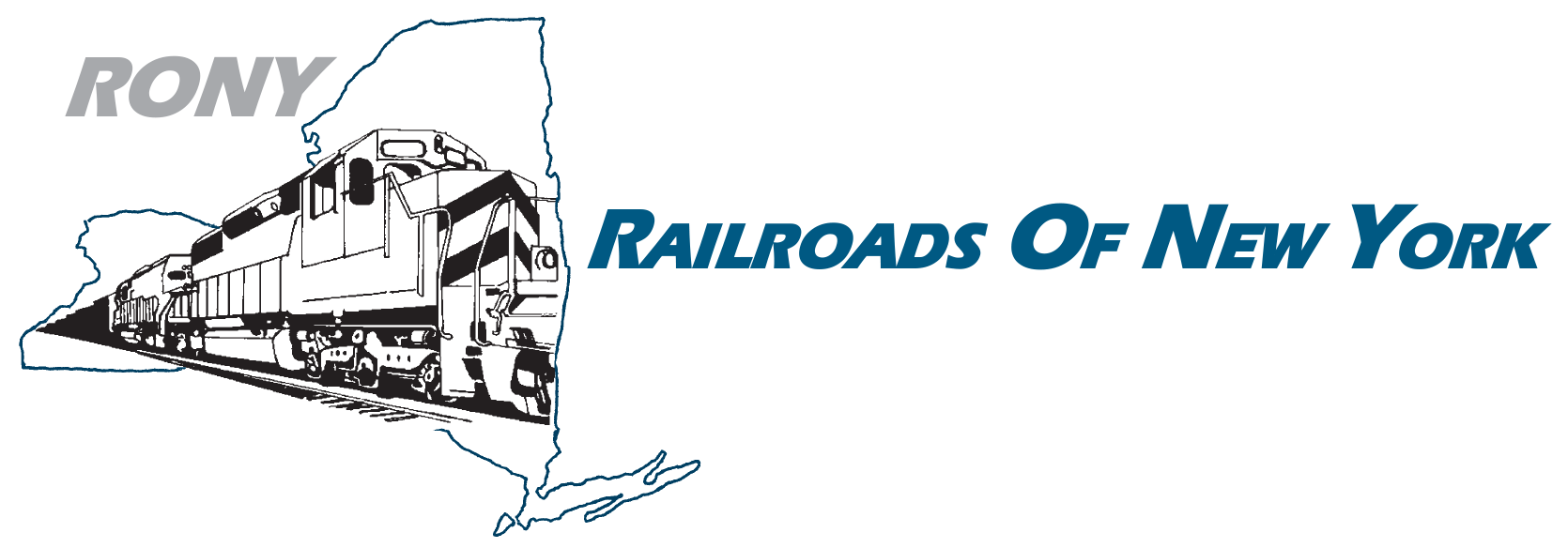Hazardous Materials Shipped by Rail
Freight railroads are federally classified as common carriers, meaning that if a rail container is properly packaged and labeled, the railroad is legally obligated to transport the container, regardless of the contents inside. Because freight railroads provide the safest means of land transportation, they are required by federal law to transport certain classifications of hazardous materials, including the most sensitive and potentially dangerous materials known as toxic inhalation hazard materials. U.S. railroads transport approximately 2.3 million carloads of hazardous materials each year, including 70,000 carloads of toxic inhalation hazard materials.
• Freight railroads also partner with the Pipeline and Hazardous Materials Safety Administration, the U.S. Department of Homeland Security and the Transportation Security Administration to help ensure a safe rail network. These entities have jointly developed the Rail Corridor Risk Management System, a sophisticated statistical routing model designed to aid railroads in analyzing and identifying the overall safest and most secure rail routes for transporting hazardous materials and crude oil.
• Freight railroads have adopted special operating practices for hazmat transport that often exceed regulatory requirements to help ensure these sensitive commodities are shipped safely and securely. As a result, 99.999% of all hazmat moved by rail reaches its destination without a release caused by an incident. Rail hazardous material accident rates in 2016 were down approximately 66% from 2000.
